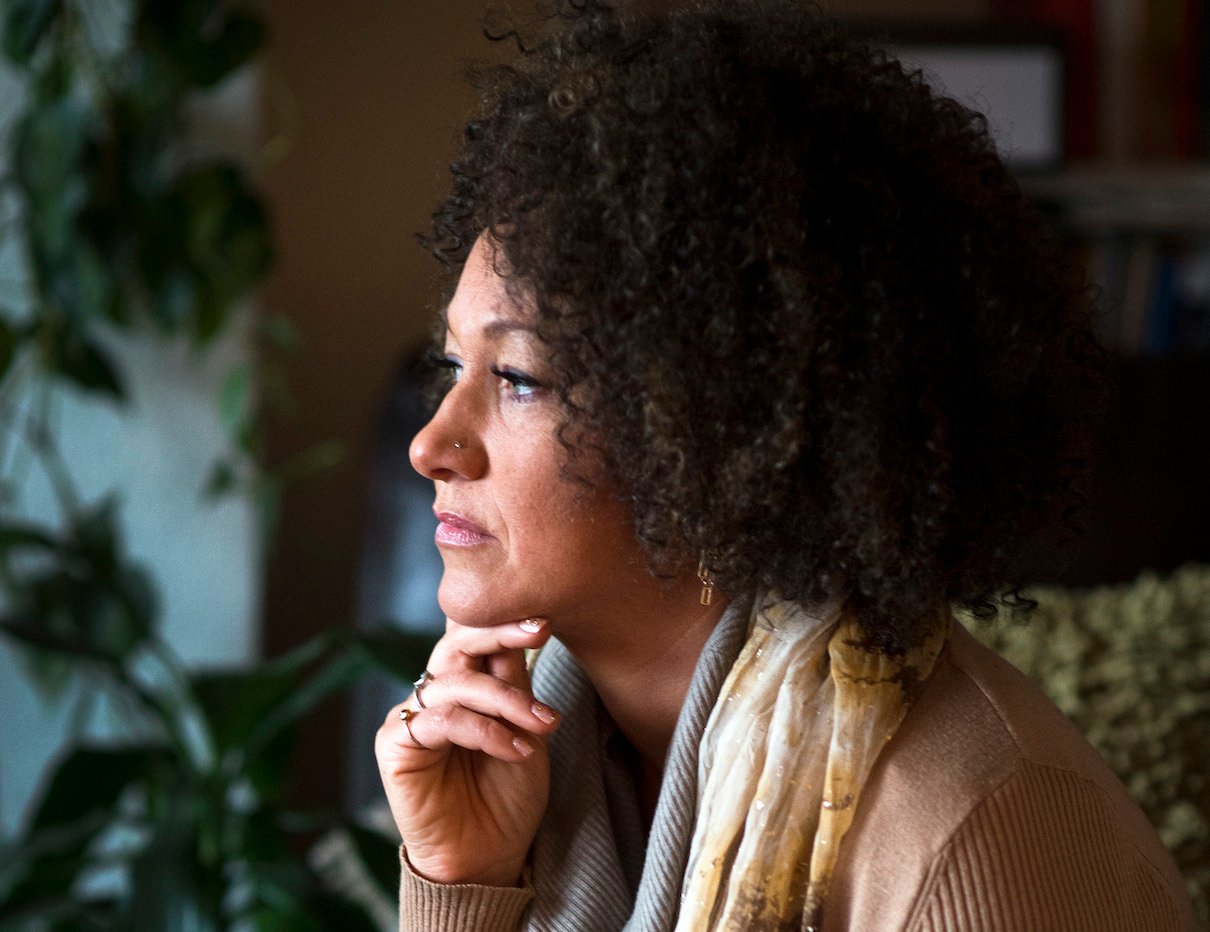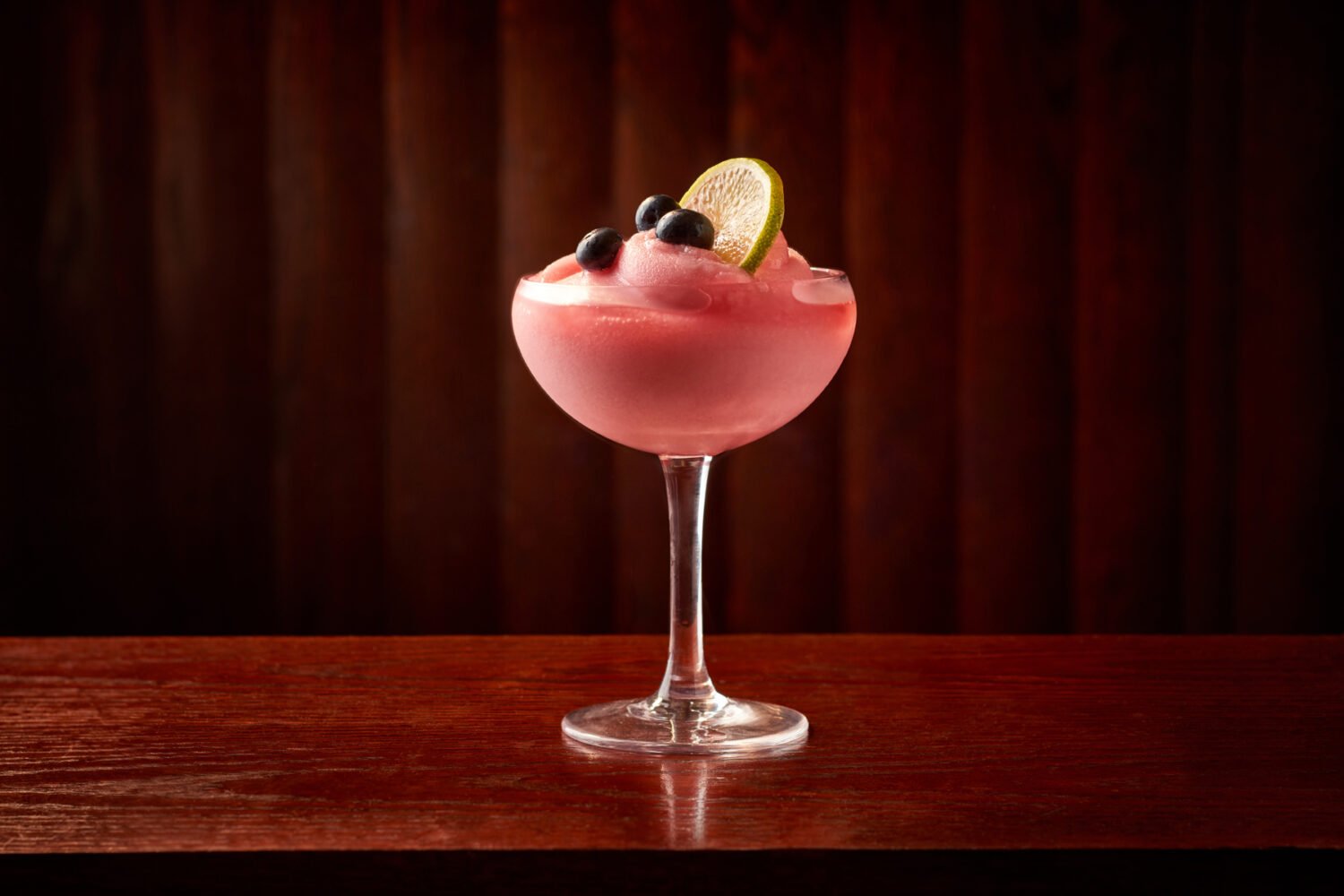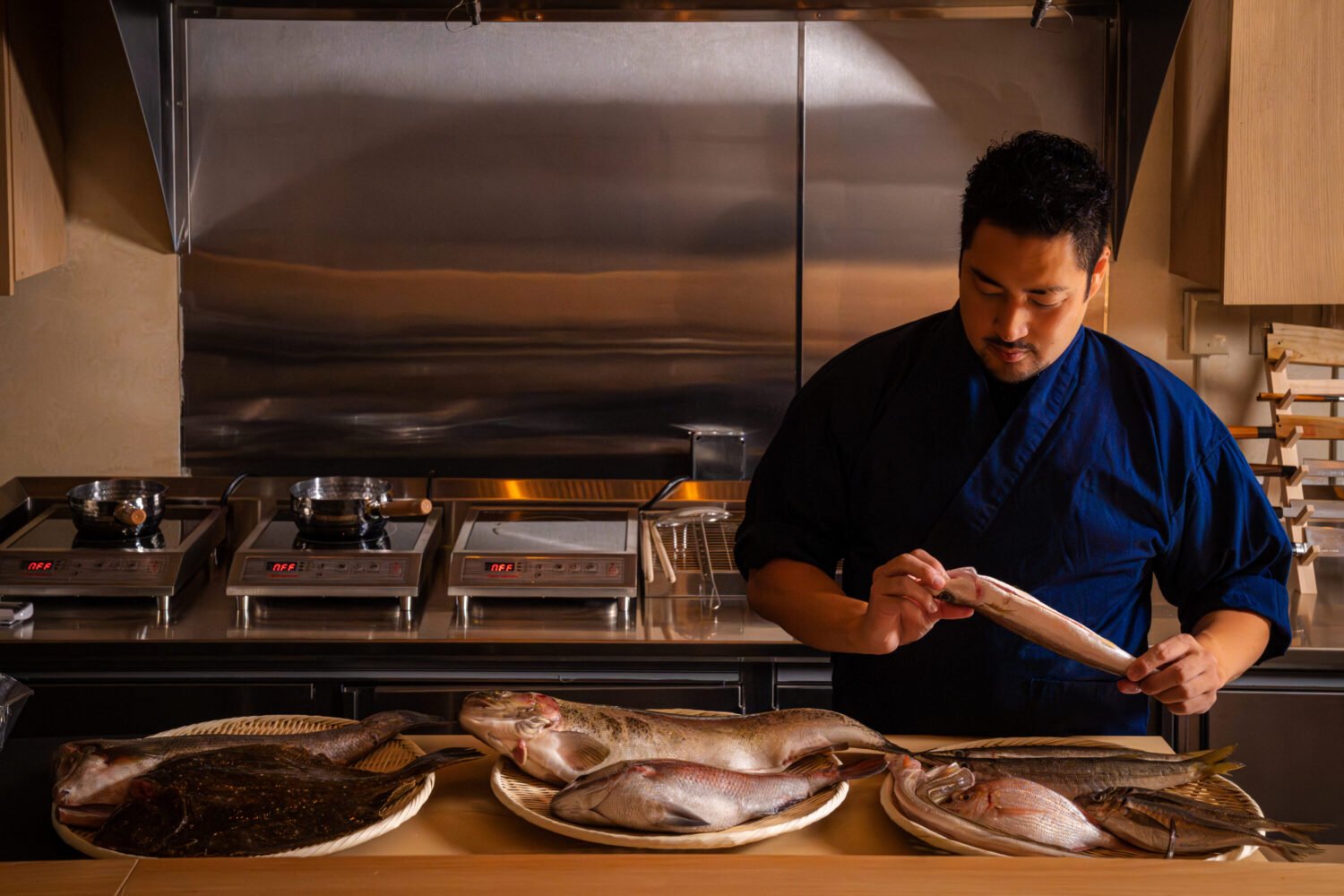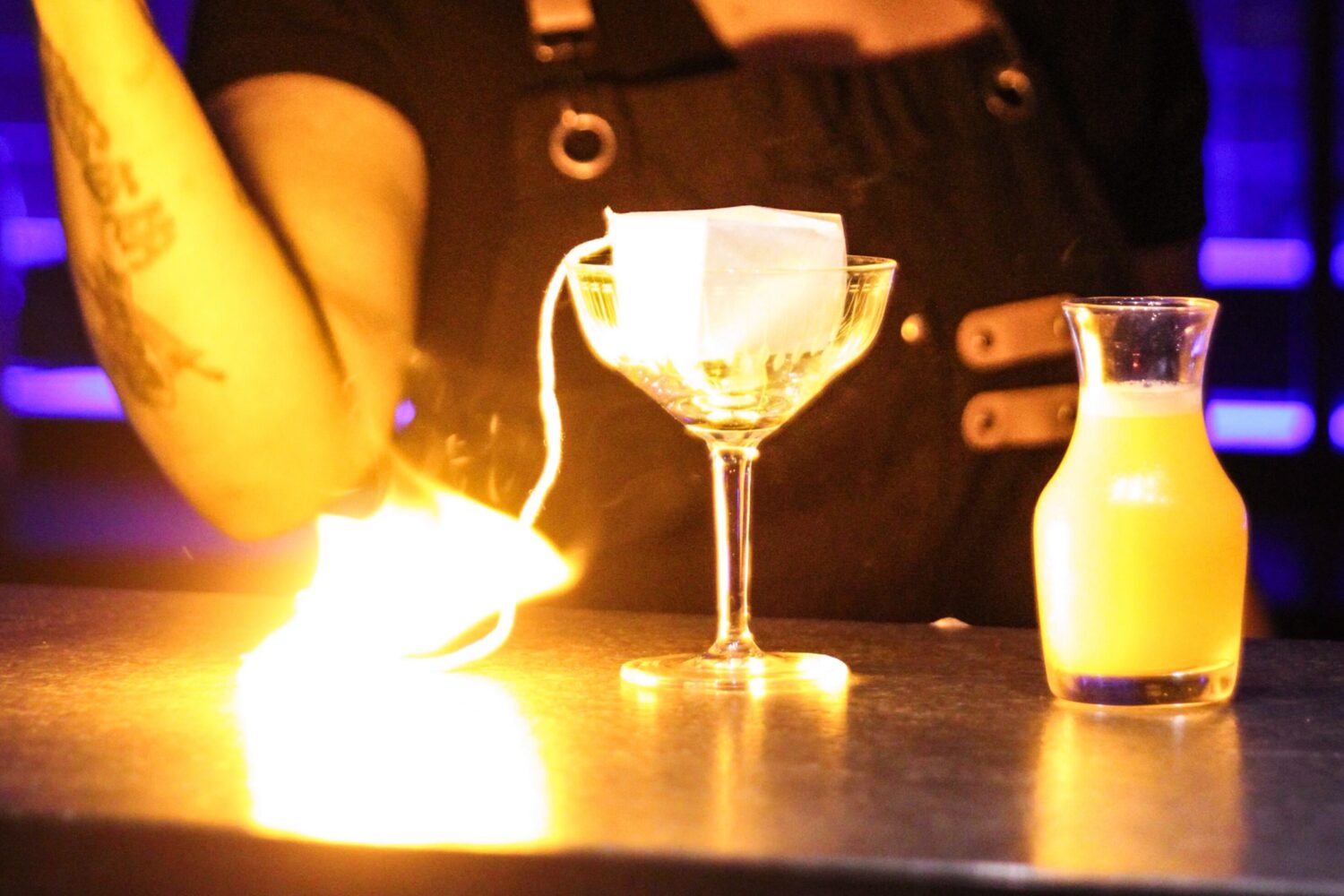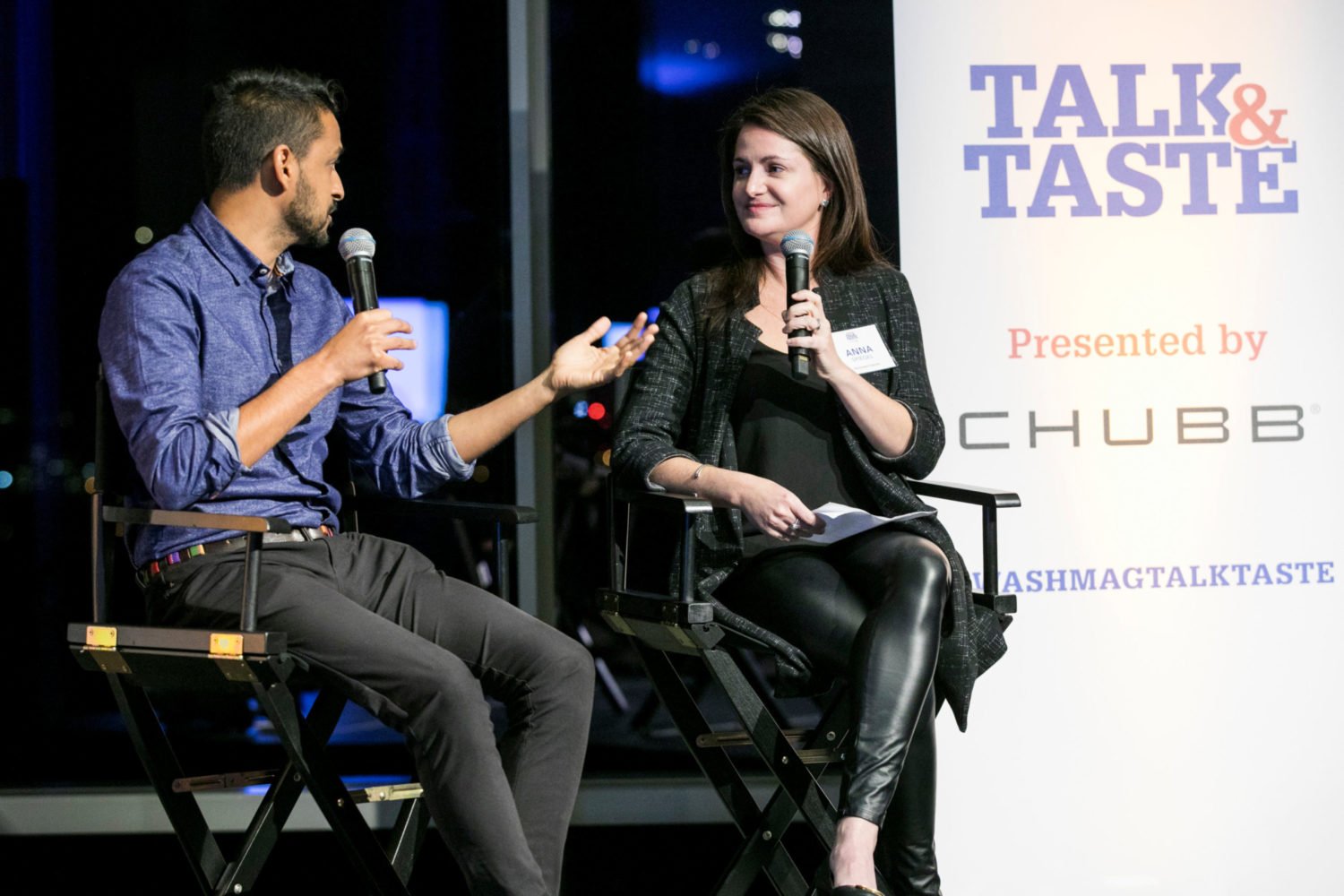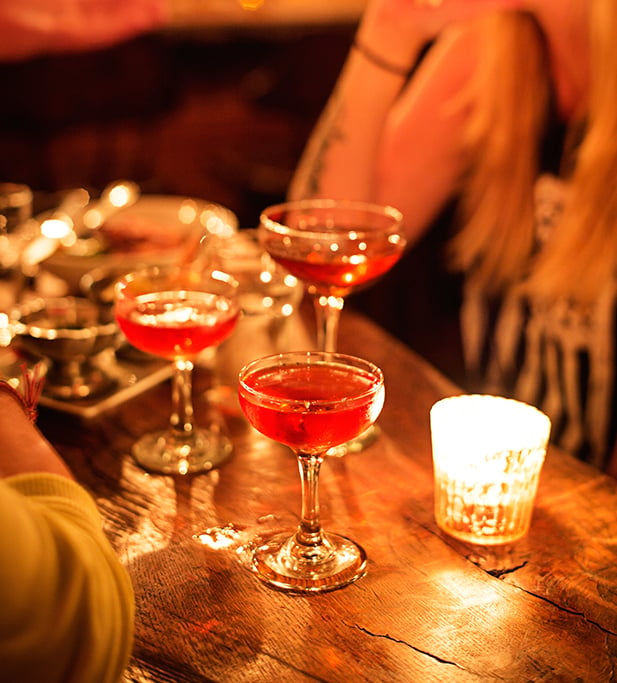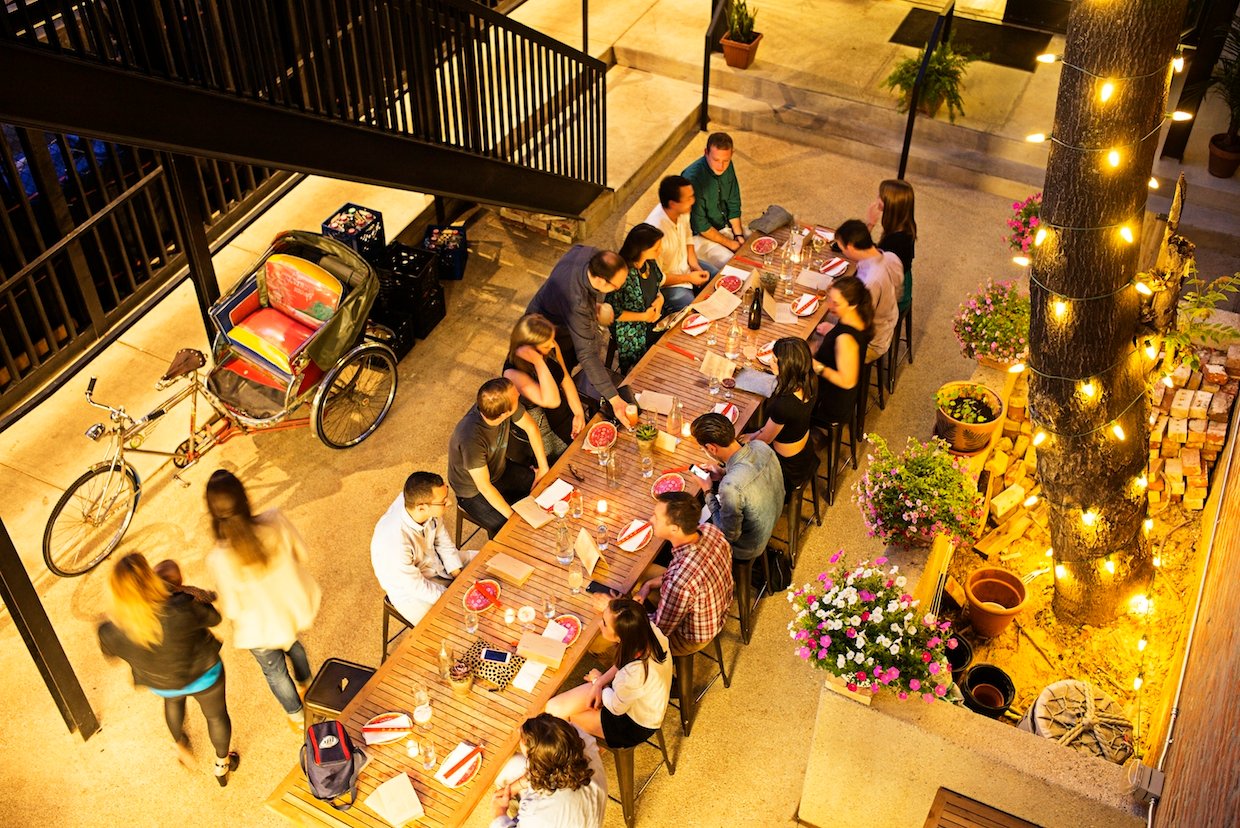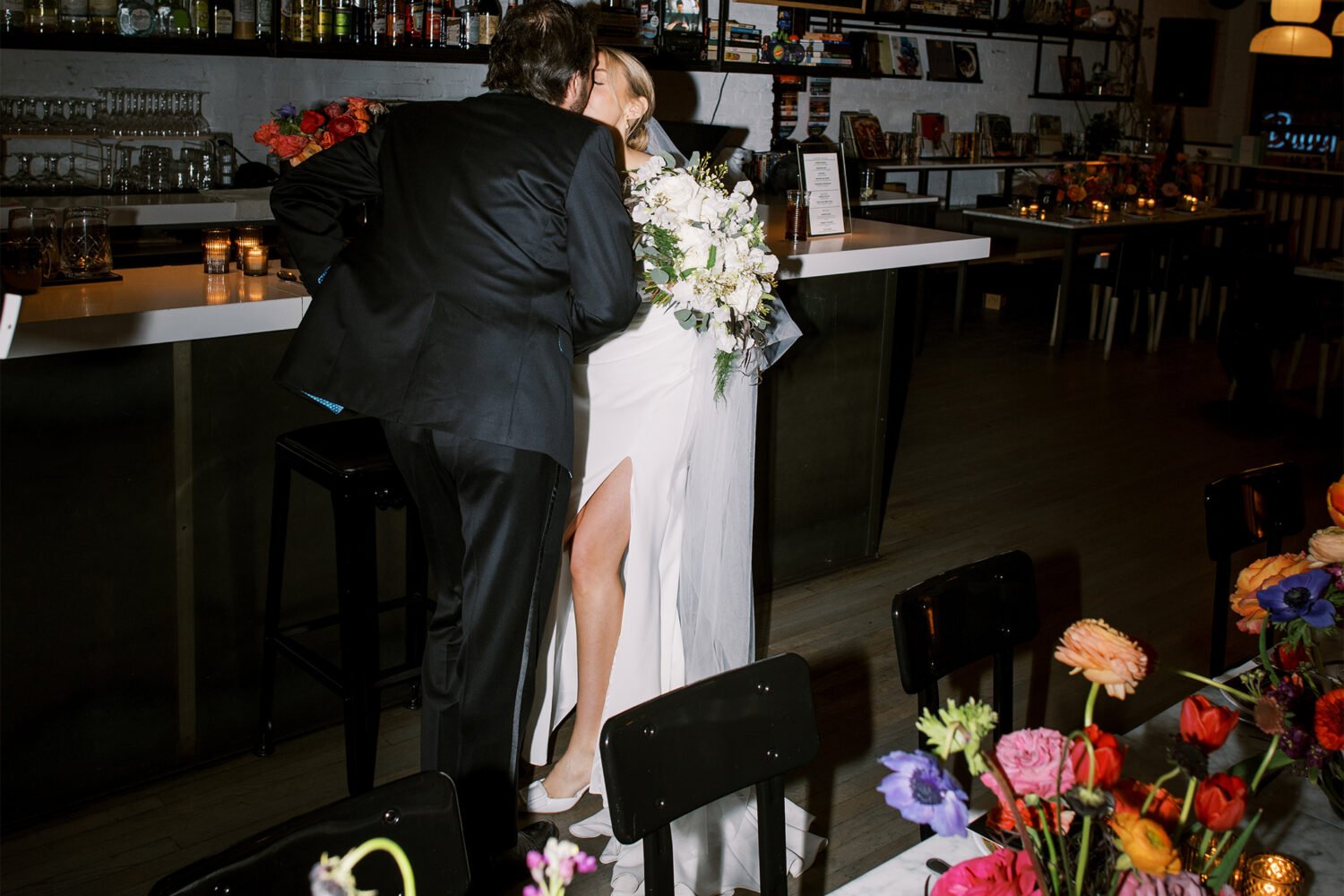
One of the books I taught during my seven years on the faculty of the English department at Howard University was Philip Roth’s The Human Stain. The novel is the story of Coleman Silk, an aging professor of English who is accused of racism by two students and promptly and ritually disgraced in public, hounded out of the university where he has taught for decades. As Roth slowly peels the skin of the onion by way of his alter ego Nathan Zuckerman, he reveals the irony of the accusation: professor Silk is black, and had been passing for years; many people thought him to be Jewish, and he allowed them to think it.
Beyond the rich complexity of the story, the reason I added the book to my syllabus in the fall of 2000, the year it was published, was because a crucial passage in the book–the rosebud, you might say–takes place at Howard in the ’50s. To Silk’s father, Howard is a kind of Valhalla, the dream of the black elite, and so there is no question that this is where his son is to begin his adult life. Almost from the start, however, Silk despises the place. Howard, he thinks, is all about We, not I, and he longs to be free of any kind of encumbrance, to be the brave and unfettered individual he envisions in his mind. Neither the them-stain of Jim Crow, he thinks, nor the we-stain of the black collective. He escapes, setting off on the dangerous, thrilling journey that is life as a black man trying to pass as a white man.
It is perhaps inevitable that my first thought, when the story of Rachel Dolezal broke last week, was of Roth’s thought-troubling novel. A day later it came out that Dolezal had received her MFA in art from Howard, and that she had been on campus at the same time I had–she arrived the very semester I introduced the book to my students.
As writers both professional and amateur took to mocking her, demeaning her, fretting over her, using her to support political agendas, or to explore race relations, or to take the measure of a confused, frightened country in the age of Obama, I retreated into Roth and into memory.
In an earlier Roth novel, American Pastoral, Zuckerman contrives to “dream a chronicle”–to imagine the circumstances that led to the undoing of another man as troubled as Coleman Silk. I wanted to do the same with a fascinating, flawed woman I had never met, but with whom I might once have crossed paths. To move past the lies, difficult as that might be, and the absurdities, and the questions, the manifold complicated questions, her story raises and doesn’t answer. To move past all that, and try to locate the hurt and the hope.
I found myself dreaming a chronicle for a woman who seems less real than fictional to me. The name alone: rich and resonant. Rachel, emblem of tragedy. Dolezal: dole is all. Sorrow is all; destiny is all.
If this sounds like a plea for empathy–an empathy, that is, beyond that of a writer for a character–it is not because I approve of her, whatever that might mean, or because I think she is essentially a good person, whatever that might mean either. It is because I see something of myself in her story.
***
Howard University occupies an almost mythic place for blacks at home and abroad, while being at the same time a school that many whites know nothing about. One form of white ignorance is to see it merely as a school. Howard is a dream. A destination. The mecca, it’s often called, and with not even a trace of irony. Students are told when they arrive every fall that they have stepped onto “holy ground,” that they are following in the heavy footsteps of some of the greatest, most influential minds of the past century and a half.
Never mind that much of this stature derives from its glorious Jim Crow past, when, because entry to the best schools in the country was denied both to students and professors, they flocked en masse to the university, creating, by the mid-twentieth century, an intellectual powerhouse. Alain Locke, the architect of the Harlem Renaissance, and the poet Sterling Brown taught at Howard. Thurgood Marshall first learned the rudiments of legal argumentation at Howard. Toni Morrison first studied Faulkner’s complex, symbol-laden novels at Howard.
One does not enter this world lightly, or without a deep understanding of its meaning.
Students sometimes talked, when I was on campus, of choosing Howard over other prestigious schools, the implication being that there was something more on offer for students than simply top academics. I, too, chose Howard.
I had also been offered a similar position at another university in the region, and many of my friends wondered which school I’d choose. To me, the choice was obvious. Teaching at American would be a good job; teaching at Howard would be a privilege, a gift, an experience I otherwise never would have had.
The day Dr. Paul Logan, a man whose impeccable dress, courtly manners and flashing intelligence suggested he was still living in the age of the Harlem Renaissance, extended his manicured hand across his office desk and told me that I’d been hired by the Department of English was a thrilling day. An affirming day.
***
I was a child of the era of court-ordered busing, a landmark decision and one that forever altered the path of my childhood. Nurtured by a family that saw the fight for equality and racial justice in moral terms, I was made to see that it was my duty, in an age that teetered in the balance, an age of white flight, of white retrenchment after so many societal and cultural gains, to advocate and agitate on behalf of blacks. And so I did. On the playgrounds, in the classroom, in my neighborhood.
I was not shy. I was vocal. And I got my ass kicked by the white kids whose angry, resentful parents had taken flight in their minds, even if they could not afford to do so with their bodies. Not occasionally did this happen, but often. Ages 8-15 were painful years. I came to embrace my identity as a playground firebrand and to feel, as I endured the abuse and humiliation–because surely, I thought, there must be something good to come of all this–an almost messianic sense of purpose.
Is this warped, to use a word I have heard time and again the past week about Dolezal? Perhaps. But it is an honest recounting of that time. It’s what I felt and thought. It’s how it was to me.
Looking back, I can see that many of my attitudes toward race were forged in that experience. Attitudes that were, yes, simplistic and naive. White was bad; black was good. I stood on the side of good. It took me many years to see that I had romanticized my black friends, that I had made of them a kind of mythic other, and that in a very real sense I was not seeing them as they were. By this time, I had long since moved past the beatings and the taunts, and with them the simplicities of white bad, black good.
Intellectually, I had, that is. Emotionally, I had not. The fervor of that time, my intense identification with my friends and the world that made them, had stamped themselves upon me indelibly. My interest in blackness, in black thought and black culture, remained as keen as ever. Throughout high school and college many of my artistic heroes were black, and I nourished myself on their musical, literary and cultural visions. In graduate school, my dissertation was initially to be about Ralph Ellison’s Invisible Man; I eventually discarded that topic in favor of writing about Nigerian writers in the post-colonial era, before deciding to bail on the Ph.D.
I arrived at Howard feeling that this is where I was destined to end up, a feeling that this is where I belonged.
***
The feeling, unfortunately, did not last very long. From the start, I was an interloper. I was not a member of we, though in my head I had been; I was a they. “Why are you here?” a student asked me one day, out of the blue, in a class I was teaching.
My skin preceded me. It had to be acknowledged, addressed, and sometimes wrestled with. Eventually I learned to preempt my students, and to draw attention to the fact of my whiteness. Once, during a discussion of a book, a student said, “Well, but Mr. Kliman, I mean–you’re white,” and I looked down at my bare arms and hands, examining them as the class looked on.
To acknowledge what was painfully obvious to them and to me. To not try to pretend otherwise. This was a lesson my students taught me. It was a lesson because I had come of age in the ’70s and ’80s, the era of crossover, a time when many white liberals professed to be color-blind. Today, the notion of color-blindness is regarded by many white liberals as fraught at best and laughable at worst. When Stephen Colbert went out of his way to inform black guests of “The Colbert Report” that “I don’t see color,” he was mocking the conservative insistence that we are all essentially the same, that our differences don’t or should not matter.
My students at Howard urged me, over and over again, to see difference. In a paper a student wrote for me on hair styles, a paper that opened up into a broader exploration of identity and culture, I will never forget this passage: “It is not wrong to notice difference. And it may be wrong not to notice.” Notice us. See us. As us, as we are, and not as a reflection of your white self.
White and black. My students were soaked through with it. (At least, my American students were; my foreign-born students were often dismayed at the totality of the race consciousness, the race obsession. A student from the Caribbean once confided in me, “I never thought of myself as black until I came to Howard.”) I became soaked through with it, too. It was never not on my mind, in part because it was never not on my students’ minds. One day, a student came to see me during office hours, and, after wrapping up the matter he ostensibly wished to speak with me about, asked: “Professor, what do y’all say about us when we’re not around?” The assumptions in that. The paranoia. The notion that all white people are alike.
The great irony of my time at Howard is that I had come to campus to immerse myself in black thought and culture, only to find myself regarded, time and again, as a representative of my race. My whiteness, my inescapable whiteness. I came to think that my experience as a minority at Howard was akin, in ways, to the experience of blacks as a minority in the wider, whiter world, but my colleagues and my students refused to accept the comparison. All I had to do was walk four blocks away from campus, and my majority status would be restored.
Those were tense and anxious years, years of inwardness, of intense self-questioning. I longed to belong. Not as a white man, but as a teacher. Not to stand out as a conspicuous, possibly suspicious I but to be a part of the vibrant We.
When an opportunity came along, in 2001, to shepherd a new campus humor magazine started by Chris Rock, I thought I had found my in. The Illtop Journal was to be modeled after the Harvard Lampoon, with the goal of producing a new generation of black comedy writers. There was a great deal of excitement on the part of the students, less so on the part of the administration–anyone who has spent any time on campus well knows the fear, among Howard higher-ups, of “airing dirty laundry”—and the new magazine promised to be as ribald and raw as Rock himself.
The comedian was largely an absentee figure, however, despite lending his name and supporting the project financially, and most of the staff seemed to think its mission was to write the kind of bits that would make it onto his HBO show of the time. When I was brought aboard, months into the venture, some students were lobbying Rock and the administration for a video library filled with stand-up routines and movies from Richard Pryor, Eddie Murphy, and Bill Cosby.
I argued that writing stories for the page was different from writing stories for the screen, and proposed a twice-a-week satire workshop, out of which the sketches that would fill the magazine would be produced. This stance, along with my insistence on committing to regular meetings, took the staff quickly down from 46 to 16. As the semester wore on, and as the students immersed themselves in the works of classic satire we read each week, their writing went from the merely jokey to the discomfitingly biting.
An insinuating love letter from Thomas Jefferson to Sally Hemings. A sketch about W.E.B. Dubois at Freaknik. Sometimes they hit hard and uncomfortably. Recalling Abner Louima’s brutalization at the hands of the Brooklyn police, one student composed a manual for the department on the proper way to insert a plunger into the anus. The first issue was covered by a slew of publications and media outlets, including NPR.
Not long after that, I was at a party for a friend of mine, a former editor, and told him what I had recently been up to, excited about the possibilities for the magazine and for me at the university. This friend had also taught at Howard in the ’70s, and also in the department of English. He smiled a devious smile. “What happens,” he asked, “when they find out you’re white?”
“They” already knew, but after my friend wrote up a small item for his magazine that was picked up by the Washington Post, everyone knew. Contacted by the gossip columnist for comment, an administration spokesperson denied that a white man was guiding the effort and identified a black faculty member who was only peripherally involved in the editorial process. The students, in a show of support out of Dead Poets Society, lobbied me to stay on. But I couldn’t. The magazine eked out one more issue, then folded.
Around this same time, an untenured white colleague in the English department started an on-campus publication devoted to scholarship, poetry and stories, naming it in honor of an important poem by a prominent black poet. When the first issue was released, he found a black-and-white picture of himself on the back, the reproduction of which was so poor that it was hard to tell, in looking it over, what his ethnicity was. My colleague, by this point, had been on campus a few years, and had become inward and self-doubting. He confided in me over lunch one day that he thought theyhad done it to him on purpose, tried to blacken him up, or at least snuff out his whiteness.
Paranoia, I thought as I sat and listened and said nothing. He, too, had succumbed to it.
***
If Coleman Silk escaped from Howard, it seems apparent to me that Dolezal escaped to Howard.
This makes sense if you think about it: her story of passing is the opposite of his; it runs the other direction.
This is a loaded word, passing. Some have written that she was “pretending,” not passing. I think this is dismissive, an attempt to deny what her story has to tell us, in the same way that focusing on her lies misses the point. In stories of passing, lies are inevitable, and rife; the passer has constructed a new identity, necessitating an invented past shot through with false details.
Here, again, Roth’s novel is instructive. His alter ego Nathan Zuckerman writes: “For all that the world is full of people who go around believing they’ve got you or your neighbor figured out, there really is no bottom to what is not known. The truth about us is endless. As are the lies.”
And: “What we know is that, in an unclichéd way, nobody knows anything. You can’t know anything. The things you know you don’t know. Intention? Motive? Consequence? Meaning? All that we don’t know is astonishing. Even more astonishing is what passes for knowing.”
I’m less interested in the fact that Dolezal lied, and lied repeatedly, than in what motivated her to create a life that would necessitate lying. Which leads us back even further, to what birthed this fascination with blackness, a fascination that seems both intensely genuine and also unreal and inauthentic.
I locate the seed of her story in her parents’ decision to adopt four black children. The world she was born into, the world of her parents, was an evangelical world, and her parents’ decision seems to have been born of a desire to do good and spread their word. But four. And black.
Was this simply an adoption? Or was it a statement? I wonder whether the impulse to bring them into the family was not filtered through a particular white lens, that of seeing these children as representative of their race. A messianic impulse, in other words, in which it was established from the beginning that this arrangement, this new family order, was to be an embrace of the other.
It is perhaps reckless to draw conclusions about how profoundly affected the two biological children were by this encounter. And yet their adult lives seem to be rippling with the effects of the stones their parents cast decades ago. Dolezal’s brother, Josh, an academic and writer, will go on trial in August for the sexual assault of a young African-American.
As for Dolezal, clearly she became fascinated with blackness. Did that fascination also give rise in her to thoughts of escape from her fundamentalist upbringing, from Montana? I want to say that it was this same impulse toward romanticizatism and mythology that sent her to Howard. I want to say that she arrived at Howard with the feeling of an immigrant to America, of making a fresh start in a new land, a new culture. The feeling of finding, finally, a home.
Is this romanticization? Perhaps. Is it projection? It might be. She is not me; I am not her. Our stories are our own stories. But am I wrong to think that her desire to cross over and immerse herself in a new culture is so different from my own? Am I wrong to think that we were not both naive, idealistic, sentimental, and innocent?
And am I wrong to think that the sting of rejection she felt at Howard was in inverse proportion to the sense of hope she felt on arriving?
A report that Dolezal filed suit against the university for, among other things, removing some of her works from an exhibition, has been met, on Twitter, on Facebook, and in various media outlets, as evidence of a person unhinged; charges of reverse racism often are. What is interesting to me is not that she was right or wrong. (The lawsuit was dismissed.) What is interesting to me is the paranoia. That the majority had made a conscious effort to suppress the work of the minority, in this case a white, blonde woman. That there was some sort of united We against a single, impotent I.
Her final thesis, according to Jezebel, was “a series of paintings presented from the perspective of a black man.” A person described as “an administrative source at the university” said the paintings “presented an inner journey of what goes on inside the mind of a black male. This was ten years ago, but I still remember one was a three-dimensional piece of a man … being consumed by a fire all the way into the ground.”
The dean of the department at the time was Tritobia Benjamin, one of the world’s foremost authorities on African-American women artists. Benjamin, who retired in 2012 and died last year, was dismayed by the work she saw. She “wanted to know how Dolezal felt qualified to tell this type of story as a white woman.”
The argument is familiar, particularly as it pertains to matters of race and gender, and it is the live wire that has run throughout our culture for as long as Dolezal has been alive. But art has always been a separate realm, a realm of freedom and play, a realm of imposture and ventriloquism, where writers and artists try on identities like clothes and hats and gloves to arrive at deeper, more complicated truths. Think of Iris Murdoch narrating so many of her novels through the voice of her male narrators. Think of Chagall incorporating the lessons of the Parisian avant-garde into his depictions of life in the provinces of Eastern Europe. Think of Walter Abish writing a novel about Germany without ever having visited there.
Qualification? The qualification is interest. The qualification is imagination.
On a more practical level, there was the fact of her marriage to a black man.
But evidently none of this was qualification enough. The dean’s argument was that the artist is entitled to speak only out of her own narrow experience. We are back, again, in the world of The Human Stain–the We imposing itself upon the I.
Many black writers, both professional and amateur, have written that Dolezal would have been able to continue the work that mattered to her, the work of advancing black causes, without trying to pass for black. I think this is naive. Of course, the kind of connection I think Dolezal wanted, the deep immersion she longed for, was its own naïveté. Not simply to be a part of a world, a white woman who associated with blacks and worked for black advancement, a do-gooder on the margins. But to renounce her majority status in exchange for full-fledged membership in another culture.
That her attempt at legitimization was founded on a profound falsehood has occasioned an eruption of condemnation.
But what lay behind the construction? What is the catalyst that enabled the falsehood?
I think she felt that Howard’s welcome was only a partial welcome: come in, but only so far. I think her experience implanted in her the notion that she was missing something, that her immersion, her identification, could not be complete, could not be total, so long as she remained what she was on the surface. I think that it is no small thing that she went to art school and considers herself an artist. I think she left the program and set out to complete the creation she had started as a young girl growing up on the Montana plains.
Race is a construct, we have been told, over and again, as innocents are shot in the streets and churches, as riots break out in cities, and, even before these last few years of tension, as busing, affirmative action, and redlining roiled the society. Her story is the surest proof of that that we have seen, maybe ever. And her exposure ultimately exposes nothing so much as it does us.
Otherwise is Washingtonian food critic Todd Kliman’s weekly column. Sometimes, it’s about food.

